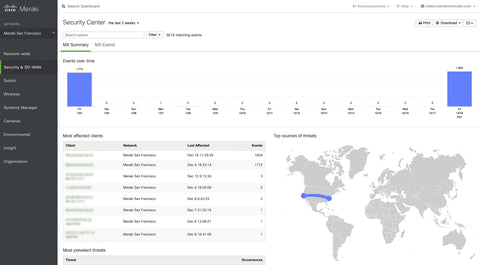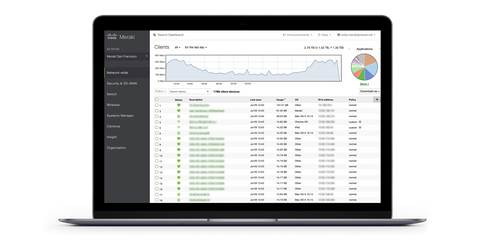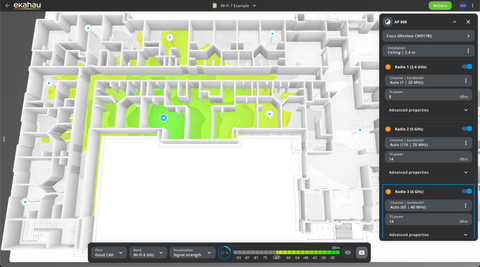Introduction
Network protocols form the backbone of modern computer networks, facilitating the communication and exchange of data between devices. Understanding network protocols is essential for network administrators, IT professionals, and anyone interested in the functioning of networks. In this guide, we will explore some fundamental network protocols, including TCP/IP, DNS, DHCP, and more. By understanding these protocols, you will gain insight into how networks operate and how data is transmitted across the internet.
TCP/IP (Transmission Control Protocol/Internet Protocol)
TCP/IP is the foundation of modern networking and is used as the standard protocol suite for the internet and most local area networks (LANs). It consists of two main protocols:
-
Transmission Control Protocol (TCP): TCP provides reliable, connection-oriented communication between devices on a network. It ensures that data packets are delivered in the correct order and without errors, establishing a reliable data transfer mechanism.
-
Internet Protocol (IP): IP is responsible for addressing and routing packets across the network. It assigns unique IP addresses to devices, allowing them to send and receive data across different networks.
DNS (Domain Name System)
DNS is a protocol used to translate human-readable domain names, such as www.example.com, into IP addresses. It acts as a distributed hierarchical naming system, providing a mechanism to associate domain names with their corresponding IP addresses. DNS servers store and manage these mappings, allowing users to access websites and services by using domain names instead of remembering complex IP addresses.
DHCP (Dynamic Host Configuration Protocol)
DHCP is a protocol that automatically assigns IP addresses, subnet masks, default gateways, and other network configuration parameters to devices on a network. DHCP simplifies network administration by dynamically allocating and managing IP addresses, eliminating the need for manual configuration. It ensures efficient utilisation of IP addresses and simplifies the process of adding new devices to a network.
HTTP (Hypertext Transfer Protocol)
HTTP is a protocol used for transmitting and receiving data over the internet. It enables the transfer of hypertext, which includes text, images, videos, and other multimedia content, between web servers and web browsers. HTTP facilitates the retrieval and display of web pages, allowing users to access websites and interact with web applications.
SMTP (Simple Mail Transfer Protocol)
SMTP is a protocol used for sending and receiving email messages between mail servers. It provides a standardised method for email transfer across networks. SMTP ensures reliable delivery of email messages and works in conjunction with other protocols such as POP3 (Post Office Protocol) and IMAP (Internet Message Access Protocol) for email retrieval by clients.
FTP (File Transfer Protocol)
FTP is a protocol used for transferring files between computers over a network. It provides a simple and efficient way to upload and download files to and from remote servers. FTP supports authentication and secure file transfer options, ensuring the confidentiality and integrity of data during transmission.
Conclusion
Network protocols are vital for enabling communication and data transfer across computer networks. Understanding protocols such as TCP/IP, DNS, DHCP, HTTP, SMTP, and FTP provides insight into the underlying mechanisms that drive network connectivity, domain name resolution, IP address assignment, web browsing, email communication, and file transfer. By delving into these protocols, you gain a deeper understanding of how networks function and how data is transmitted, contributing to your overall knowledge and expertise in the field of networking.



